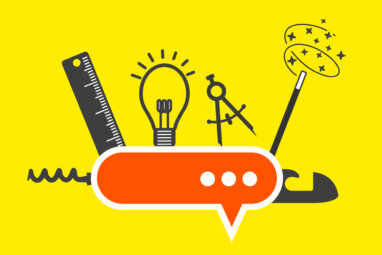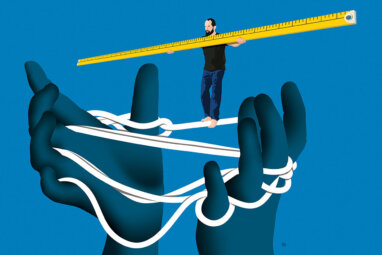When Social Networks and Analytics Intersect
At a recent conference at MIT, author and Microsoft researcher Duncan Watts detailed his research into cooperation: overall group effort, he said, tends to improve when people have the ability to drop people from their networks.

At a recent conference at MIT, author and Microsoft researcher Duncan Watts detailed his research into cooperation: overall group effort, he said, tends to improve when people have the ability to drop people from their networks.
Image courtesy of Watt’s website.
Social media and analytics intersected at the recent Emerging Technologies 2012 conference at MIT in a way that should grab the attention of anybody looking at how these technologies can change the game for companies.
Speakers featured in a session called “The Personal Implications of Big Data” included two data scientists from Facebook, one from Microsoft and an entrepreneur — all of whom had things to say that could prove important for companies.
The Facebook researchers, Andrew Fiore and Eytan Bakshy, spoke about making sense of big data, a message you might expect from a company with nearly as many users as the continent of Africa has people.
Those billion-plus citizens of Facebook create mad amounts of data — every 30 minutes they upload six million photos, post 160 million stories in their newsfeeds and send five billion messages. That creates the opportunity for Fiore to say things like “we ran a randomized field experiment with 250 million subjects. . . ”
Which begs the question: Can you really make sense of that much data? Can it be more than just noise? Yes it can, according to Fiore and Bakshy, in ways that can change how companies think about their interactions with customers, and probably within their own walls. In that randomized experiment with 250 million subjects, Facebook wanted to see how we are influenced to consider new information. “We know that close friends, family, colleagues have a big impact on what we do and think,” Bakshy noted. But because the people we are close to tend to be like us, it makes it hard to figure out who influences whom.
Facebook’s researchers looked at news feeds. It assessed close connections — people we share items with frequently on Facebook — and weaker connections — people we share with less frequently. The research they shared showed that we actually are more likely to share something from our weaker connections. That supports the well-established idea of the strength of weak ties [pdf] and has implications both for marketing and for dispensing information internally.





Comment (1)
Analyse des médias sociaux : de l’importance des liens faibles « Analyse « Business-analytics-info.fr